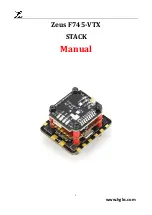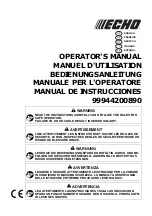
Operating the device
Coverage Range Adjustments:
Two types of lens covers are provided for the detector. Wall-lens cover is to be used when the detector is
wall-mounted, whereas ceiling-lens cover is to be used when the detector is ceiling-mounted. The coverage
range adjustment is only applicable to ceiling-lens cover; choose correct lens cover before mounting. The
shading cap for ceiling mounting is composed of 12 segments for limiting the detection coverage, and
each segment covers detection angle of 30 degrees. Follow the grooves on the cap, cut the cap to a
suitable size and place it onto the ceiling-lens cover. The remaining segments are used for blanking off an
undesirable detection area.
By walking into a protected area the detector will now be triggered each time the detector senses
movement. The orange LED on the detector will be illuminated and the associated appliances will be
activated. For example, siren will be sounded or indication of movement detection will be shown on the
controller. It implies that the unit is working properly.
Wakeup Intervals - how to communicate with the device?
W
This device is battery operated and turned into deep sleep state most of the time to save battery
life time. Communication with the device is limited. In order to communicate with the device, a static
controller C is needed in the network. This controller will maintain a mailbox for the battery operated devices
and store commands that can not be received during deep sleep state. Without such a controller,
communication may become impossible and/or the battery life time is significantly decreased.
This device will wakeup regularly and announce the wakeup state by sending out a so called Wakeup
Notification. The controller can then empty the mailbox. Therefore, the device needs to be configured with
the desired wakeup interval and the node ID of the controller. If the device was included by a static
controller this controller will usually perform all necessary configurations. The wakeup interval is a tradeoff
between maximal battery life time and the desired responses of the device.
(c) 2016 Z-Wave Europe GmbH, Antonstr. 3, 09337 Hohenstein-Ernstthal, Germany, All rights reserved, www.zwaveeurope.com - pp 5

























